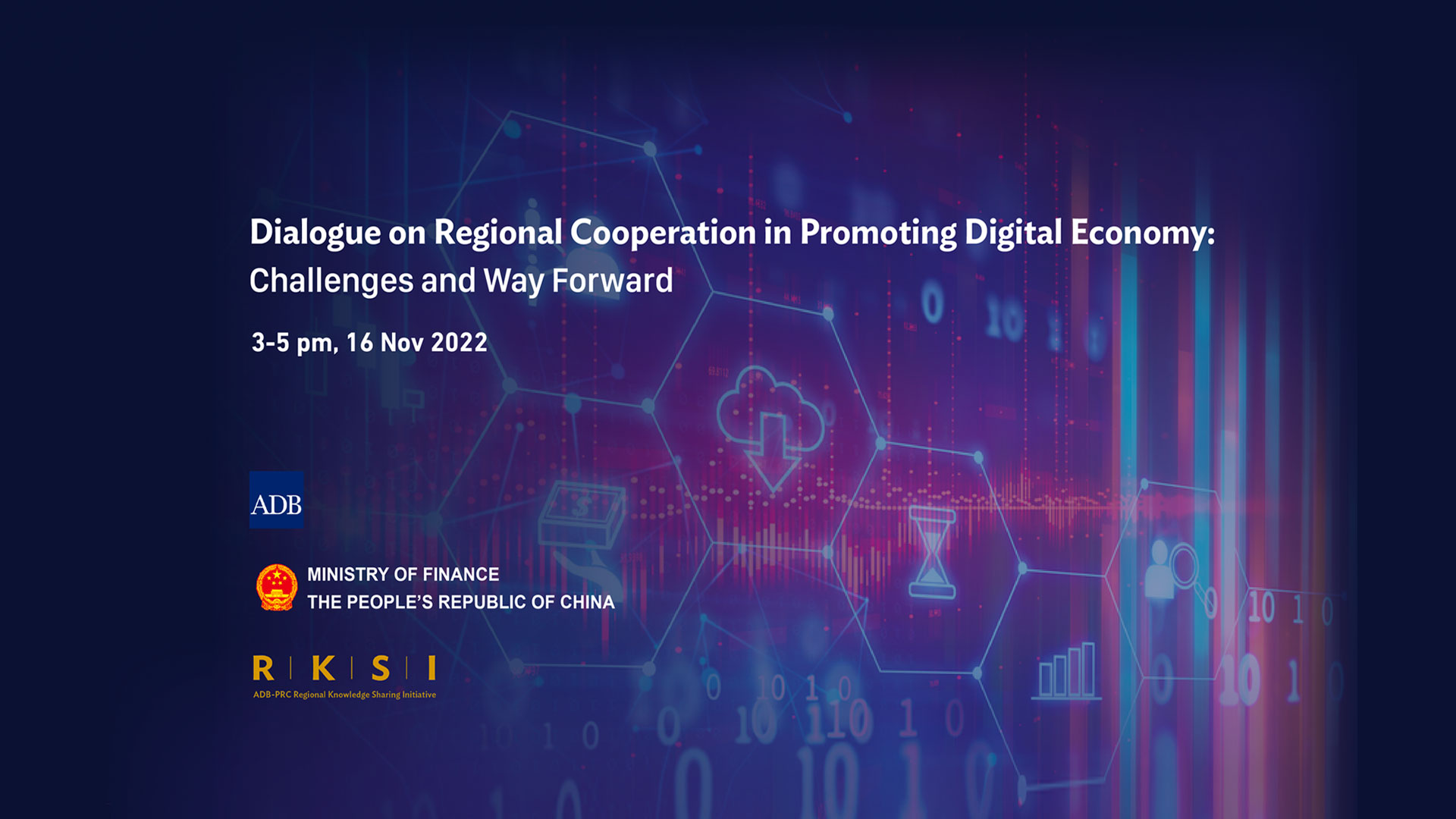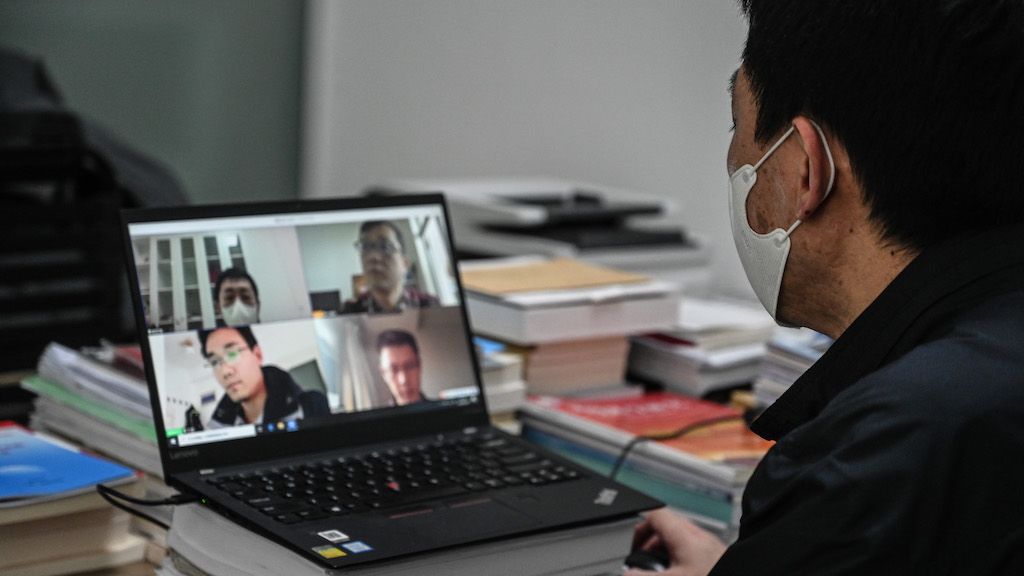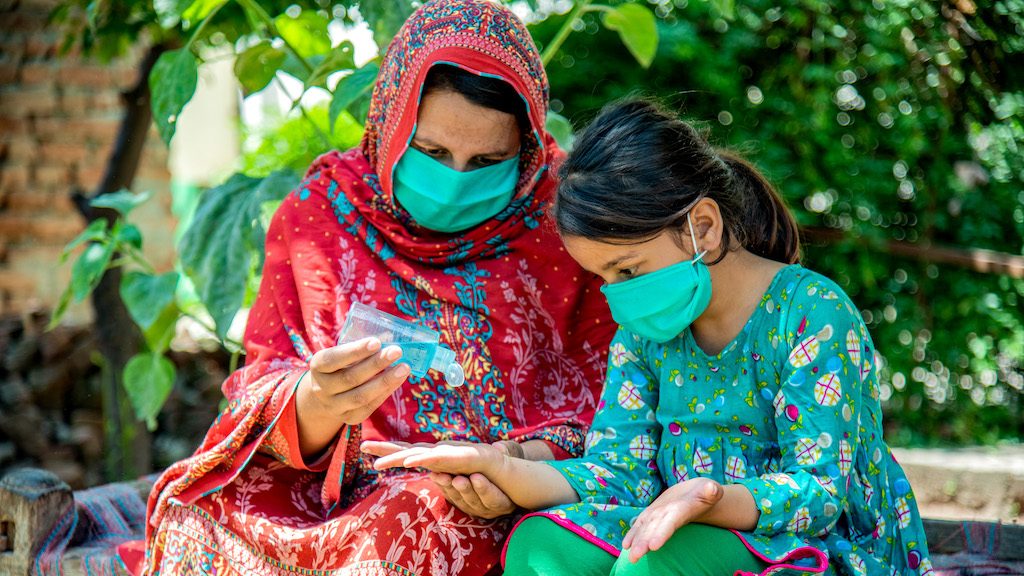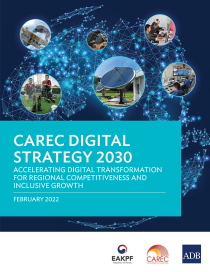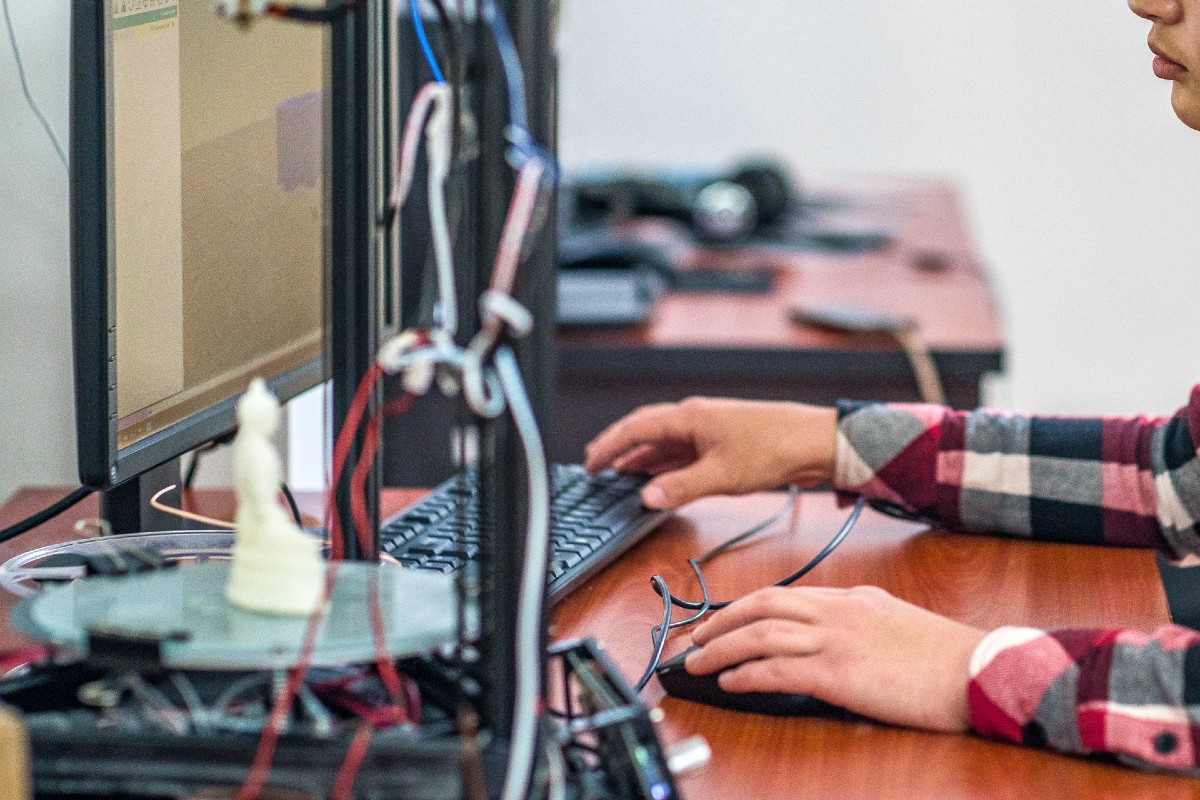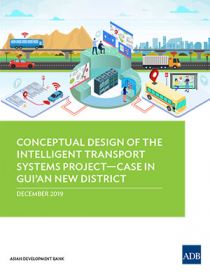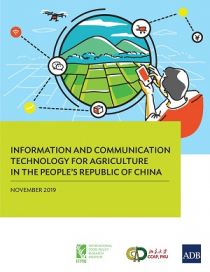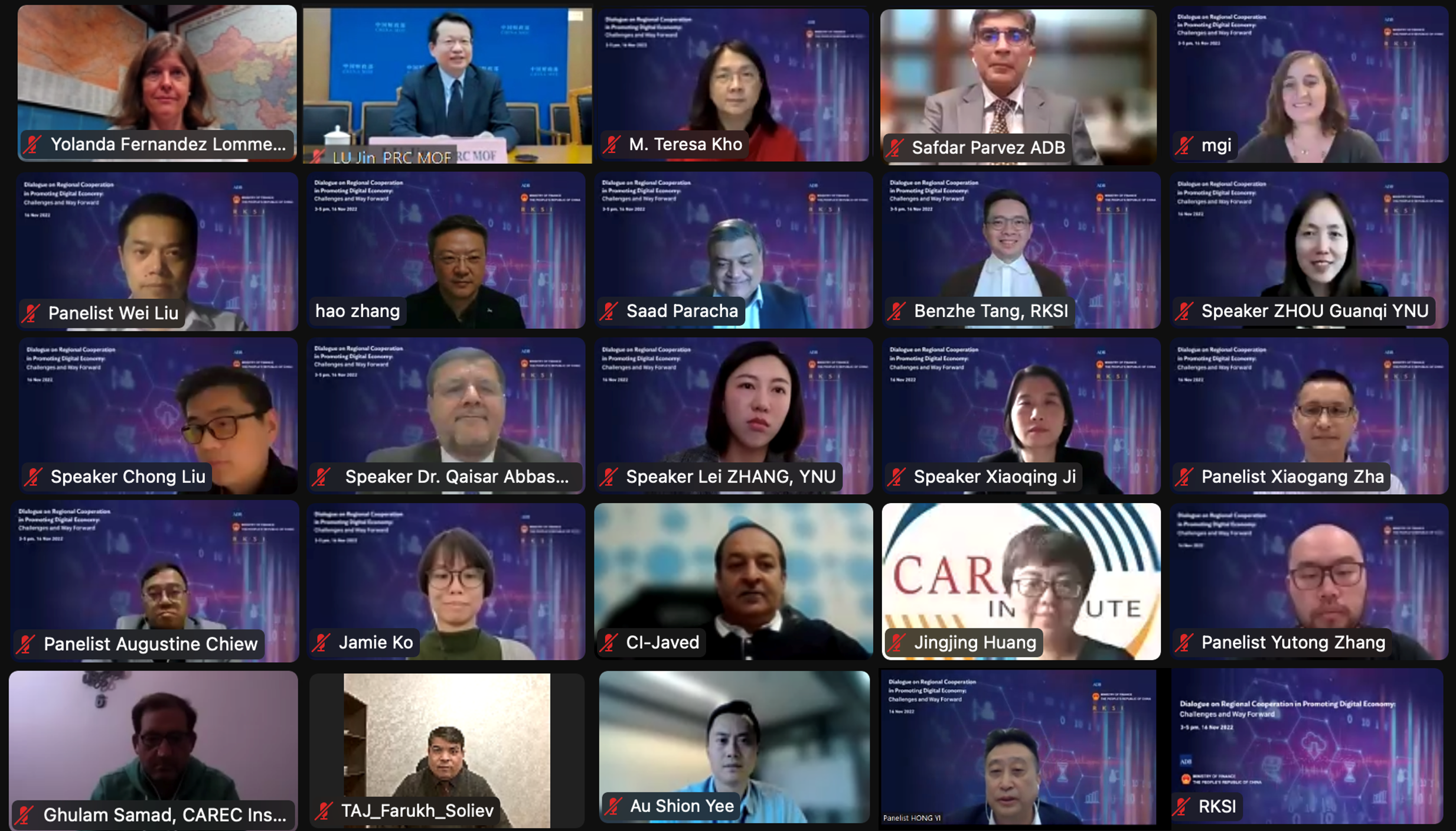
Digital economy comprises a broad range of economic activities that use digitized information and knowledge as key factors of production. The internet, cloud computing, big data, fintech, and other new technologies are used to collect, store, analyze, and share information digitally and transform social interactions. Digitalization of the economy creates benefits and efficiencies as digital technologies drive innovation, productivity, and fuel job opportunities and economic growth. The digital economy also permeates all aspects of society, influencing the way people interact and bringing about broad sociological changes.
Coronavirus (COVID-19) pandemic, geopolitical tensions, and fragility of global values chains have accelerated the sharp expansion of the digital economy in Asia with rapid innovations and broad applications across all sectors. The recent phenomenal growth of e-commerce in Asia is a case in point, where many Asian countries have become important buyers and sellers of goods and services online. Digital connectivity also offers a lot of potential in reducing trade costs by using ICT to link up markets and enter global value chains. In the area of finance, digital technology promotes financial inclusion in many developing Asian countries. As a result, investment in financial technology in Asia has expanded in various sectors such as payments, mobile, data and analytics, and regulatory technology.
Despite the many opportunities offered by digital economy, Asia has yet to fully realize the potentials of harnessing digital technology for sustainable development. The lack of national regulations and policies to support cross-border commerce and finance, and imbalanced digital economic development including ICT infrastructure, trade facilitation and logistics, and skills development remain key challenges. Concerted regional-level actions—through cooperation—can accelerate the realization of benefits from national efforts, as countries build synergies and complement one another. Harmonizing regulations, aligning documents with international standards for interoperability, developing a regional broadband ecosystem, pooling of human and financial resources, and exchange of innovative ideas are but a few examples. The role of digital economy in the post-pandemic sustainable development is a priority of most countries and cooperation to promote is part of various regional initiatives. The Central Asia Regional Economic Cooperation (CAREC) Digital Strategy 2030, endorsed in 2021, aims to be a catalyst for regional cooperation on digital technologies among its member countries, to promote regional competitiveness and growth. The Greater Mekong Subregional program is considering a proposal for enhanced cooperation on digital economy, leveraging upon the GMS cross-border e-commerce cooperation platform.
This dialogue brings government officials, and experts from multilateral institutions, regional think tanks, and private enterprises to share challenges, insights, and experiences related to promoting the digital economy. It aims to facilitate discussions to build a resilient digital economy particularly in the Greater Mekong Subregion and the East and Central and West Asia regions, where all stakeholders can work together to achieve the long-term goal of more sustainable and inclusive economic growth.
Agenda:
| Time | Program |
|---|---|
| Chairperson: Hao Zhang, Deputy Country Director and Office-In-Charge, ADB Resident Mission in the PRC | |
| 15:00 – 15:10 | Opening Remarks • M. Teresa Kho, Director General, East Asia Department, ADB • Lu Jin, Deputy Director General, Department of International Economic and Financial Cooperation, Ministry of Finance, the PRC |
| 15:10 – 15:40 | Keynote Presentation • Research on Digital Economic Cooperation under Regional Frameworks, Xiaoqing Ji and Chong Liu, Shanghai University of Finance and Economics • Building Digital Connectivity in GMS Sub-Region, Guanqi Zhou and Lei Zhang, Yunnan University • Digital Divide and Policy Reforms for Promoting E-commerce in the CAREC Region, Qaisar Abbas, Chief of Research Division, CAREC Institute |
| 15:40 – 16:55 | Panel Discussion on Regional Cooperation in Promoting Digital Economy Moderator: Marzia Mongiorgi-Lorenzo, Principal Economist, East Asia Department, ADB Subregional Programs • Saad Paracha, CAREC Secretariat • Yi Hong, Chief Expert, Yunnan Cross-border Digital Commerce Engineering Research Center Private Sector • Wei Liu, Senior Sustainability Scientist, Luohan Academy, Alibaba • Yutong Zhang, Research Director, Institute of JD Economy and Development, JD • Augustine Chiew, Global Senior Public Services Industry Expert, Huawei • Xiaogang Zha, Director, International Policy Center, Tencent Research Institute, Tencent • Jamie Ko, Director, Regional Public Affairs and Policy, Grab, Singapore |
| 16:55 – 17:00 | Closing Remarks Safdar Parvez, Advisor, East Asia Department, ADB |

